NASA Set to Ram Distant Asteroid In Bid to Avoid Future Catastrophes on Earth
Collision 7 million miles from Earth could pave the way for a planetary defense program
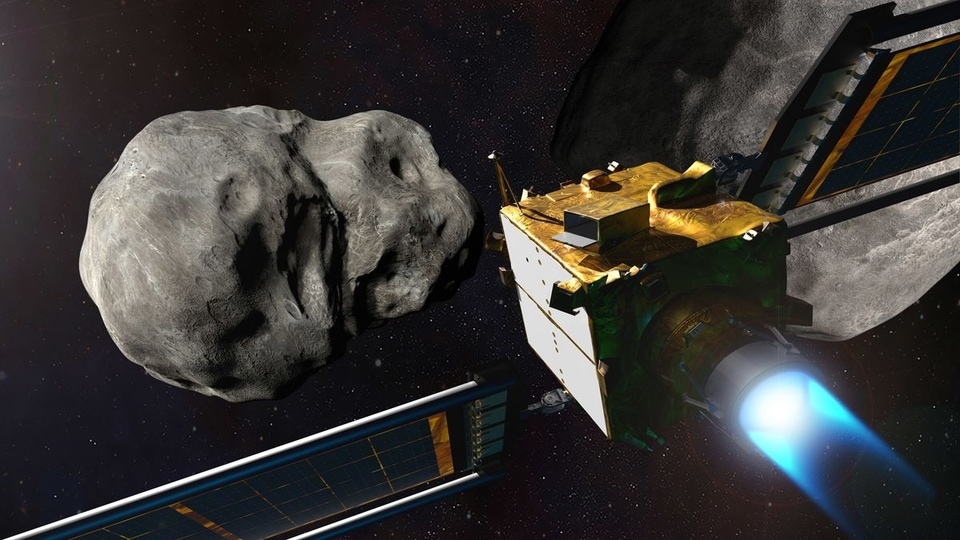
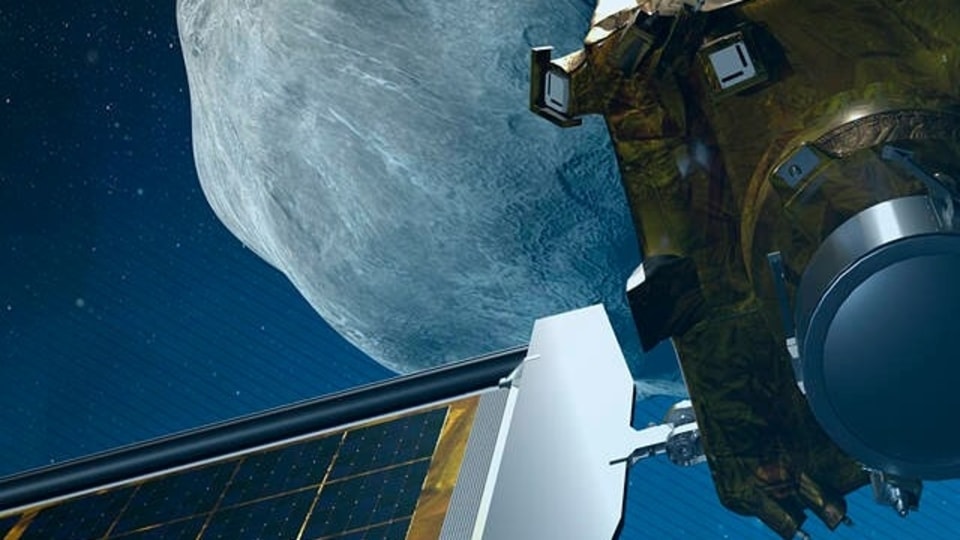
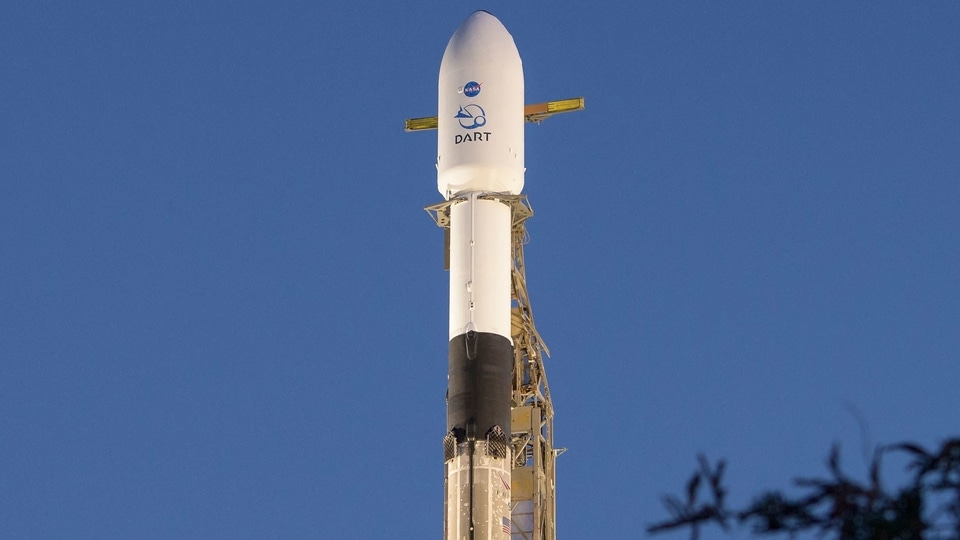
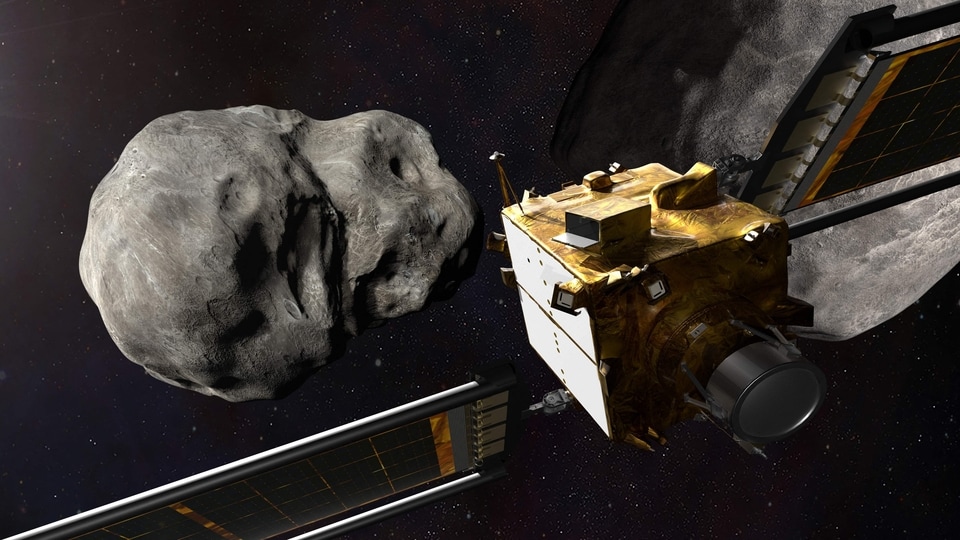
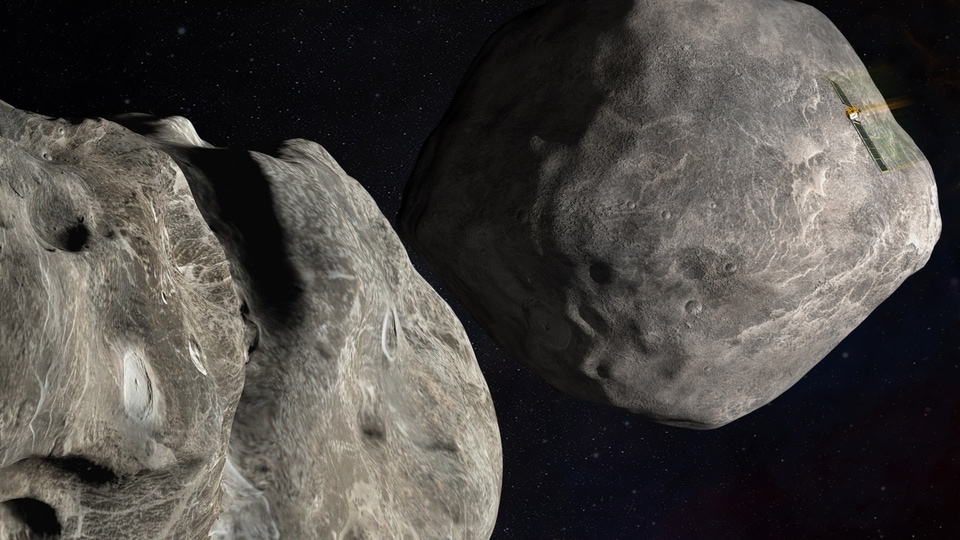
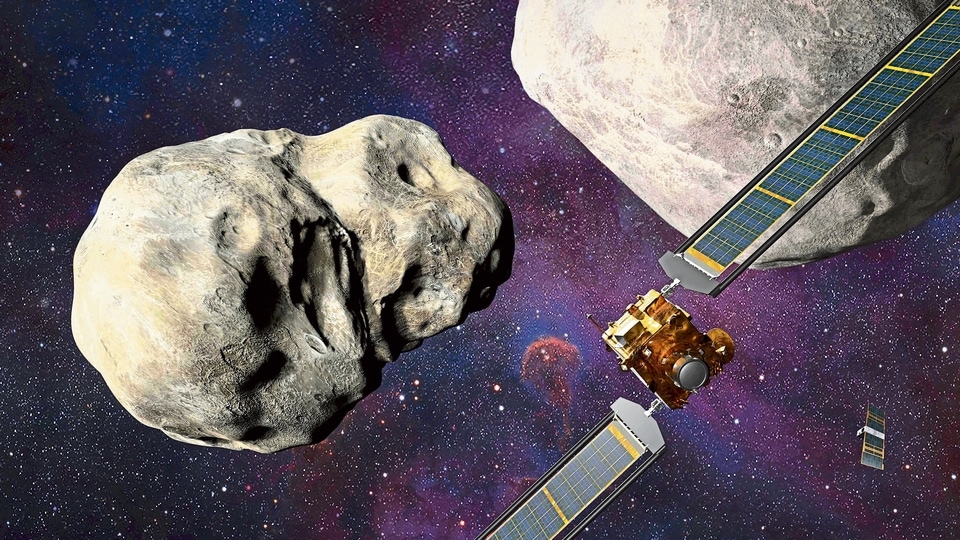
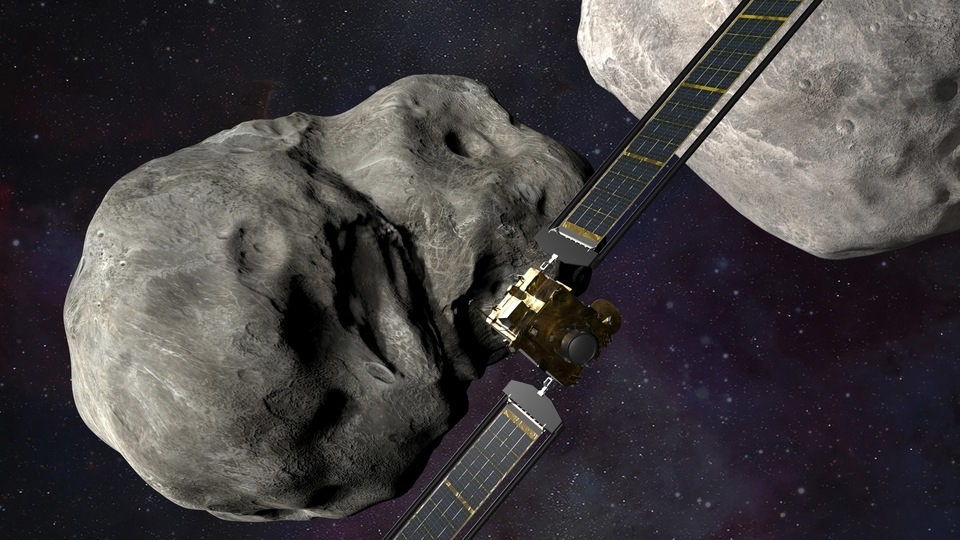
 View all Images
View all ImagesOn Monday evening, a robotic NASA spacecraft is programmed to ram itself into a distant asteroid at 14,000 miles per hour (25,500 kilometers per hour) in deep space to demonstrate the agency's future ability to defend Earth from hazardous space rocks.
It's a fast action scene straight out of a sci-fi movie: The spacecraft, named DART, will first spot an asteroid the size of a football stadium named Dimorphos as a single pixel in its camera. About an hour later, if all goes as planned, DART will smash into its target with enough force to nudge the big space rock ever so slightly off course. The scene will play out nearly 7 million miles from Earth.
To be clear: Dimorphos doesn't pose any threat to Earth, but the DART mission is the first physical test in space of one of NASA's primary tenets: planetary defense.
If DART can successfully push the asteroid off course, it could prove a viable defense strategy if scientists discover an asteroid headed toward Earth with enough size and heft to hit with potentially catastrophic consequences. Scientists have identified most of the gigantic asteroids that could wipe out the planet, and none of those known objects pose a threat. What they're worried about is the thousands of smaller asteroids similar in size to Dimorphos, flying in space near Earth that could one day cross its path. One of those colliding with Earth could cause devastation more powerful than any nuclear weapon ever tested on this planet.
“This would be regionally devastating over a populated area, a city, a state, or a country,” Nancy Chabot, the coordination lead for DART at the Johns Hopkins Applied Physics Laboratory, said. “So you might not be talking global extinction, but you still want to be able to prevent this if you could.” Astronomers believe they've only found less than half of the asteroids in that category circulating near Earth.
The DART spacecraft, built at Johns Hopkins University and launched in November of 2021, is tiny compared to Dimorphos. “You're talking about something the size of a golf cart running into something the size of a stadium,” Chabot said. “So you can see that this is all about a small nudge.”
But NASA thinks that's all that will be needed to do the trick. That's because, over time and distance, the tiny change in trajectory will multiply many fold, enough to ensure the huge space rock would, were Earth in its path, whiz safely by.
Dimorphos, measuring about 525 feet (160 meters), is part of a two asteroid system, thus the DART name, which stands for Double Asteroid Redirection Test. It's a moonlet of a larger asteroid called Didymos, which is roughly 2,550 feet (780 meters) wide.
The two-asteroid system will help scientists measure the nudge DART gives Dimorphos. From Earth, they'll be able to calculate how Dimorphos' orbit around Didymos changes over time. Right now, the asteroid takes nearly 12 hours to complete one orbit, but it's possible DART could change that by several minutes.
As soon as DART's task is complete, astronomers using radar and optical telescopes will get to work observing the asteroids from Earth. NASA expects to figure out the results of the crash in a matter of days or perhaps weeks after the impact. “I would be really surprised if it took more than three weeks,” said Tom Statler, the program scientist for DART at NASA.
A future European mission, called HERA, will also launch in the next couple of years and meet up with the two asteroids to fully survey the system and how it's changed.
Researchers will also get an immediate glimpse of how DART's smash-up plays out, thanks to multiple cameras that will capture the show. The same onboard camera used to help navigate the vehicle through space and hone in on the asteroid will record the spacecraft's impact in near real-time, sending back images roughly once every second. A small cube-shaped craft deployed from DART and built by the Italian Space Agency will also capture the crash with two of its own cameras from a safe distance. NASA said it would share footage of the impact in the days after the collision.
DART is just testing one way in which NASA or another space agency could try to defend Earth from asteroids. Another method the agency said it may consider would involve sending a spacecraft to linger near a hazardous asteroid to use its gravity to tug on the space rock's path. A separate option could entail blasting engine thrusters at an asteroid for long periods to push it off its path.
“This demonstration will start to add tools to our toolbox of methods that could be used in the future,” Lindley Johnson, NASA's planetary defense officer, said. “And we need several of them because the circumstances that we might face could be quite different.”
Catch all the Latest Tech News, Mobile News, Laptop News, Gaming news, Wearables News , How To News, also keep up with us on Whatsapp channel,Twitter, Facebook, Google News, and Instagram. For our latest videos, subscribe to our YouTube channel.
































